Living in Goa during the monsoon is the most calm and serene experience. The weather is windy and rain is just around the corner, raining without a warning. Rains put a halt to the fishing boats and festivals are also about to come. It is also the breeding season of fish and many people prefer to turn to a vegetarian diet. Whether you're tending to your own vegetable garden at your villa in Goa or you visit local markets like Panjim Market for grocery shopping, you will see a wild range of seasonal produce in the rainy season.
Markets in Goa transform into a wild vegetable garden, with exotic wild monsoon veggies that most city dwellers are not even aware of. Panjim market in the monsoons is taken over by Goan women selling local vegetables. These veggies are naturally grown in nature’s organic garden. They grow commonly in the state’s green patches and are rich in vitamins and minerals.
Panjim Market
These are some commonly known monsoon veggies in Goa: Naval Kol (German Tulip), Kurdu (Celosia), Haldi (turmeric) leaves, Chauli (black-eyed peas) leaves, Aalu (Colocasia), Telpat Ranbhaji (Wild Veggies), Neerfanas (Breadfruit), Kantoli (Spine gourd), Shirali (ridge gourd), and Vaghate or Ranmeva (Ceylon Caper).
The veggies are also a part of the local festivals and rituals like the Rishi Panchami and Ganesh Chaturthi. Where a special meal is prepared for pooja with these wild local monsoon veggies. Apart from vegetables, there are local mushrooms which have very good taste, some late mangoes, Ole Khajur (raw dates), and local fruits like Papaya, Pumpkin, and Kohla (Ash Gourd).
Monsoons in Goa bring a quiet beauty to everyday life. The rains refresh the land, and the markets fill with fresh, wild vegetables. It’s a season where everything slows down, and people come together to enjoy simple meals made from local produce. There’s a calm in the air, and a sense of connection to nature and tradition. It’s a reminder of the peaceful, meaningful moments that make life in Goa so special.

















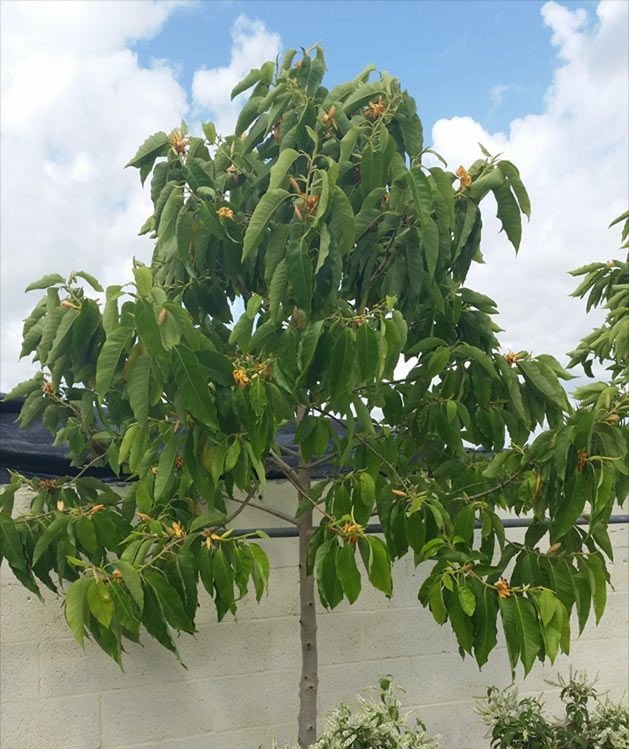







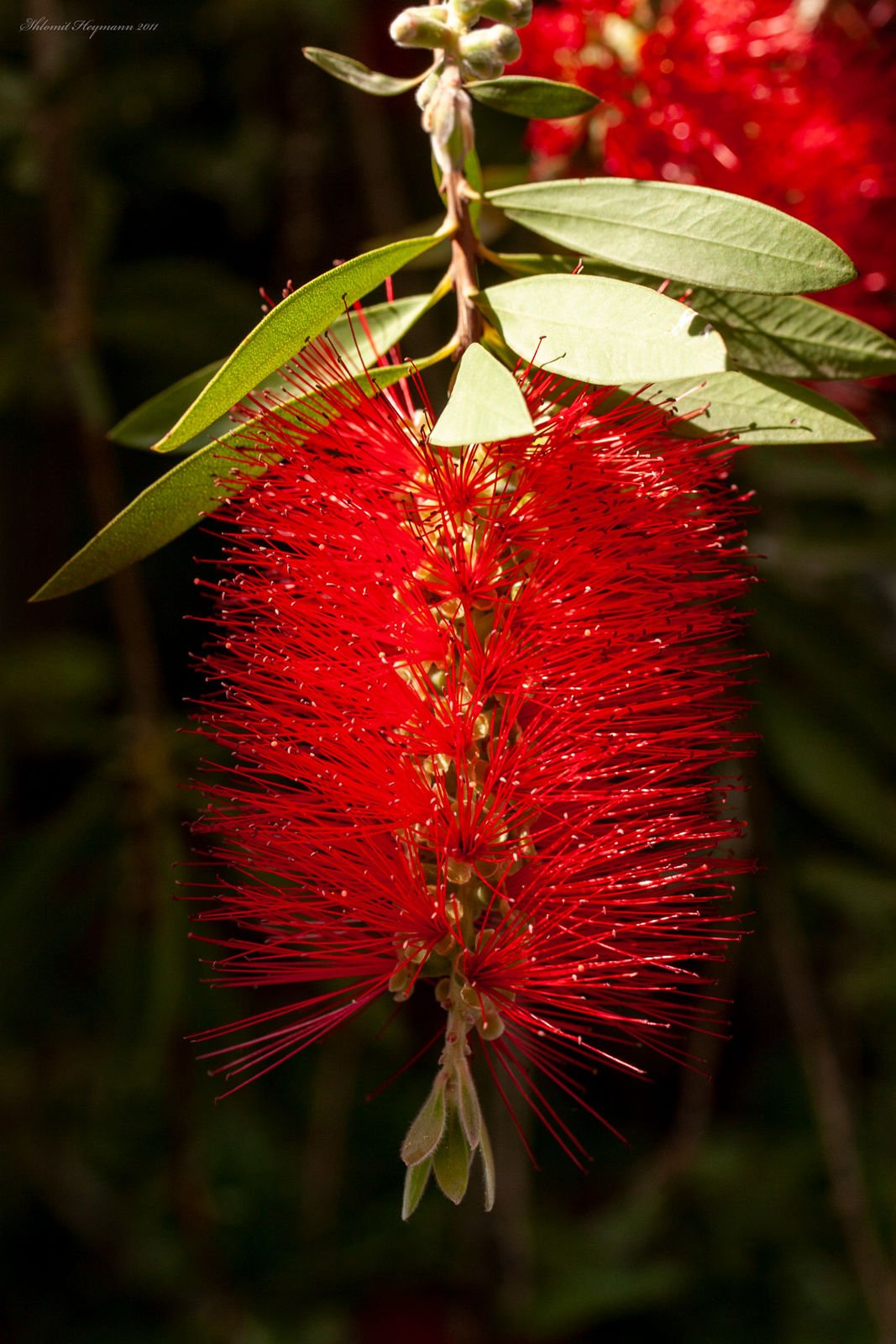

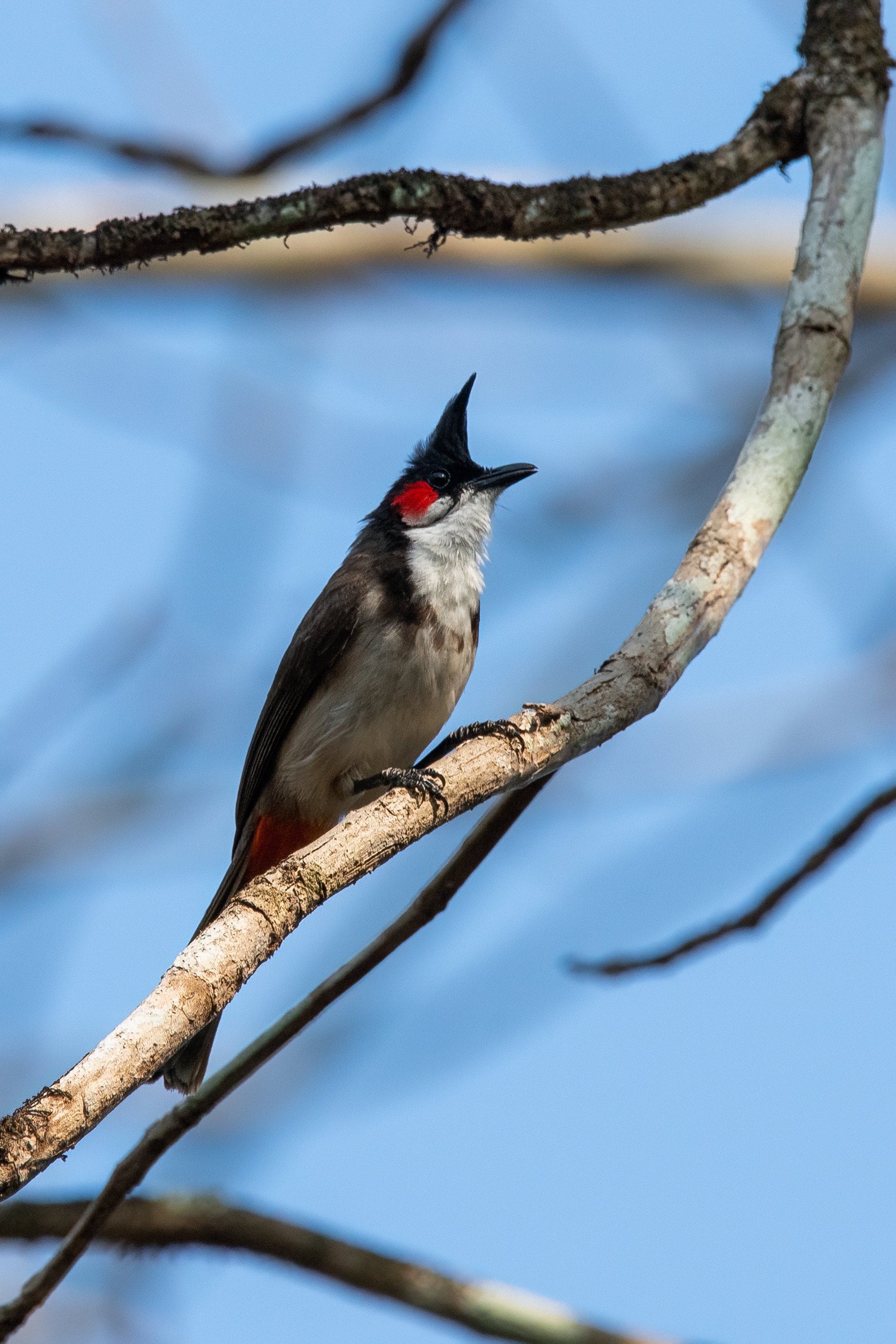






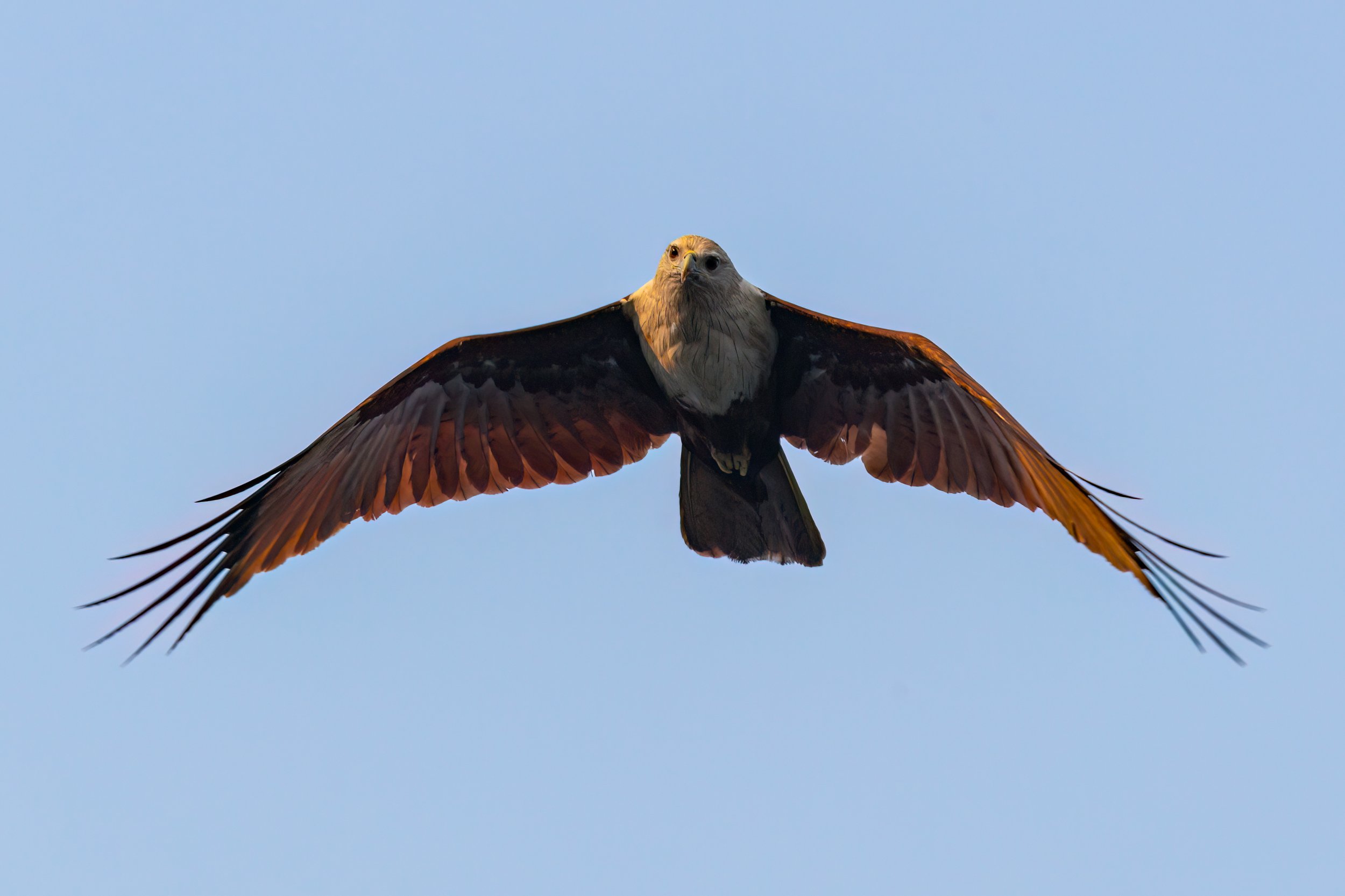
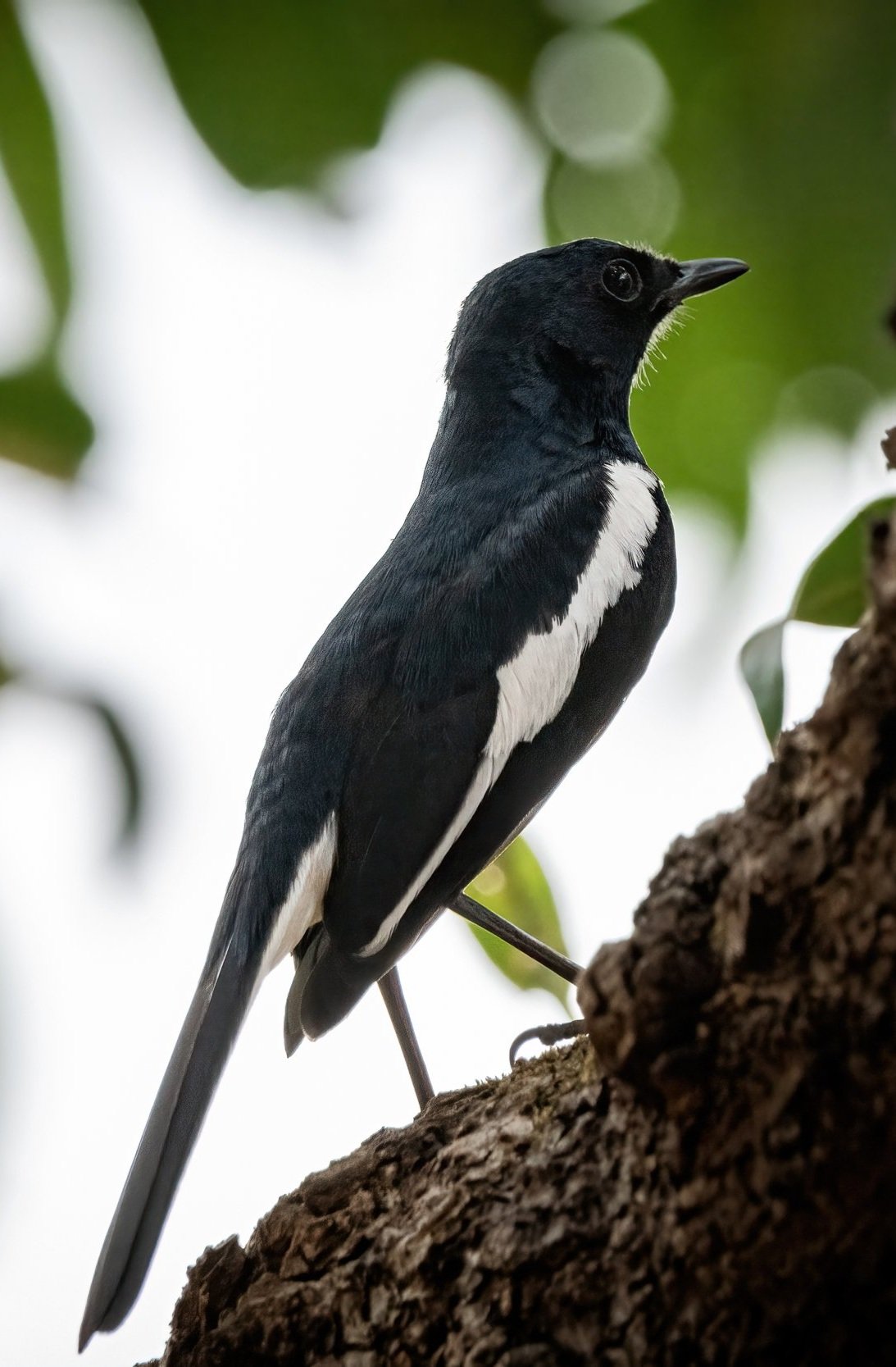


















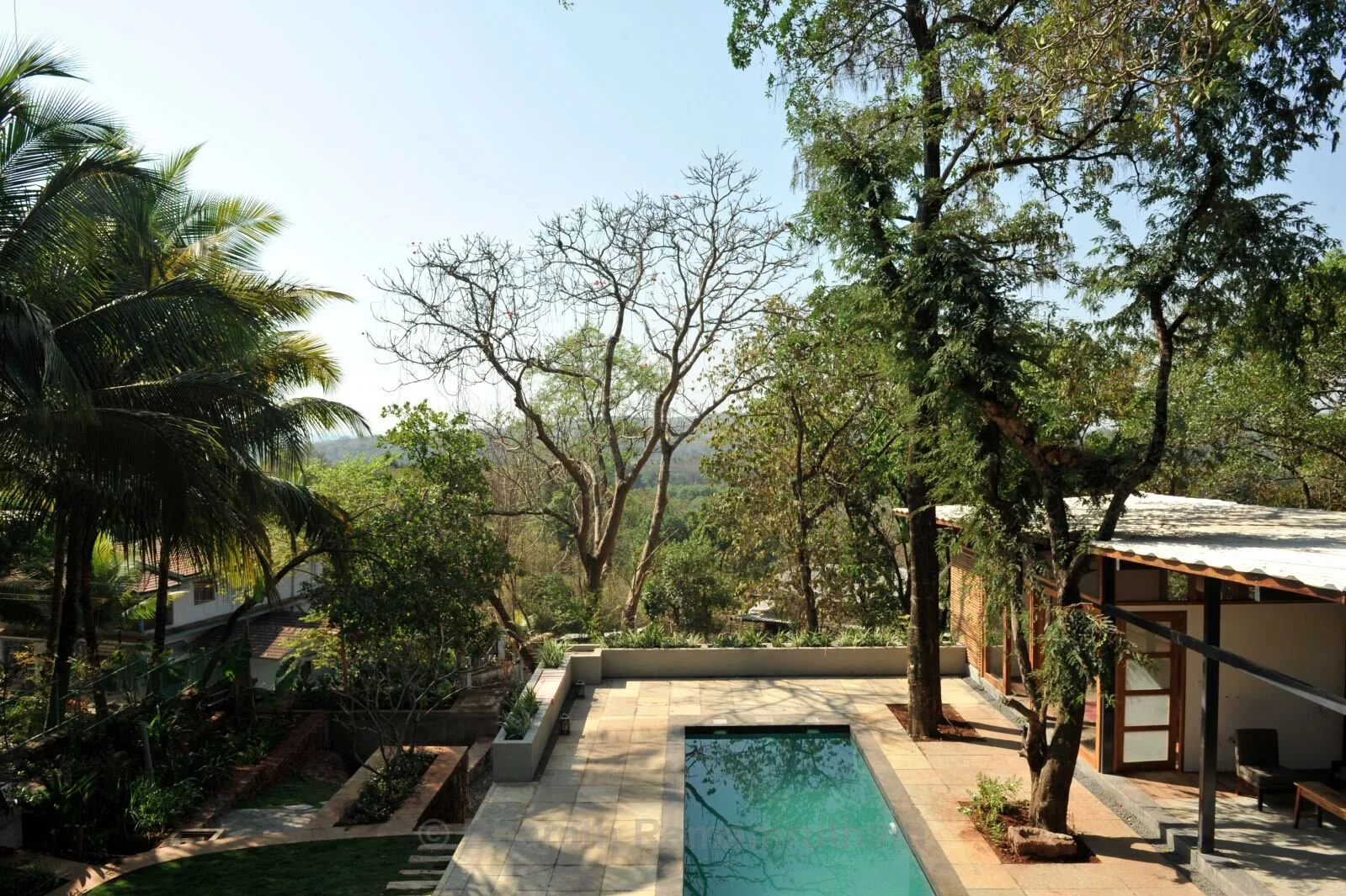
Luxury Villa for sale in North Goa